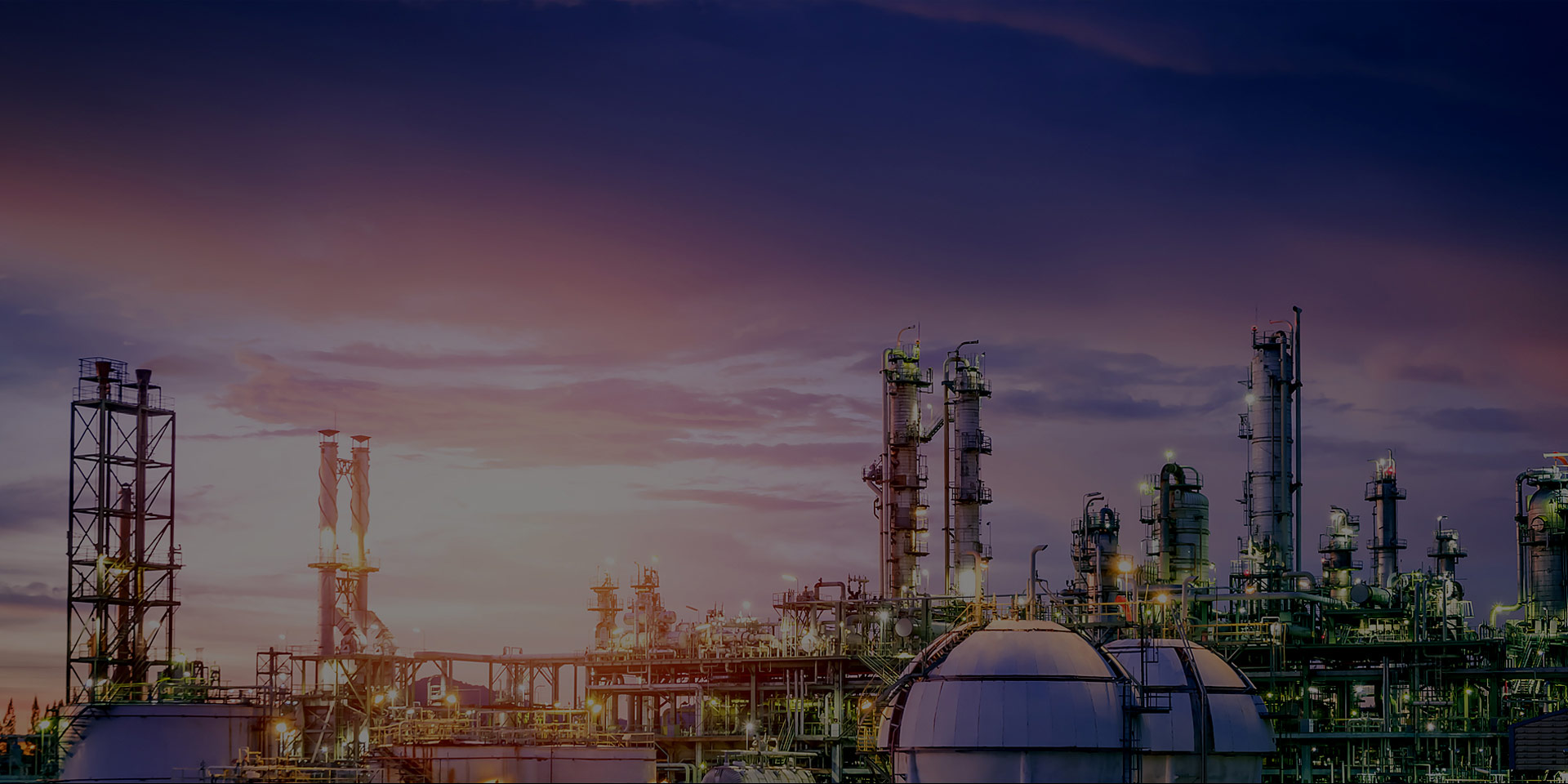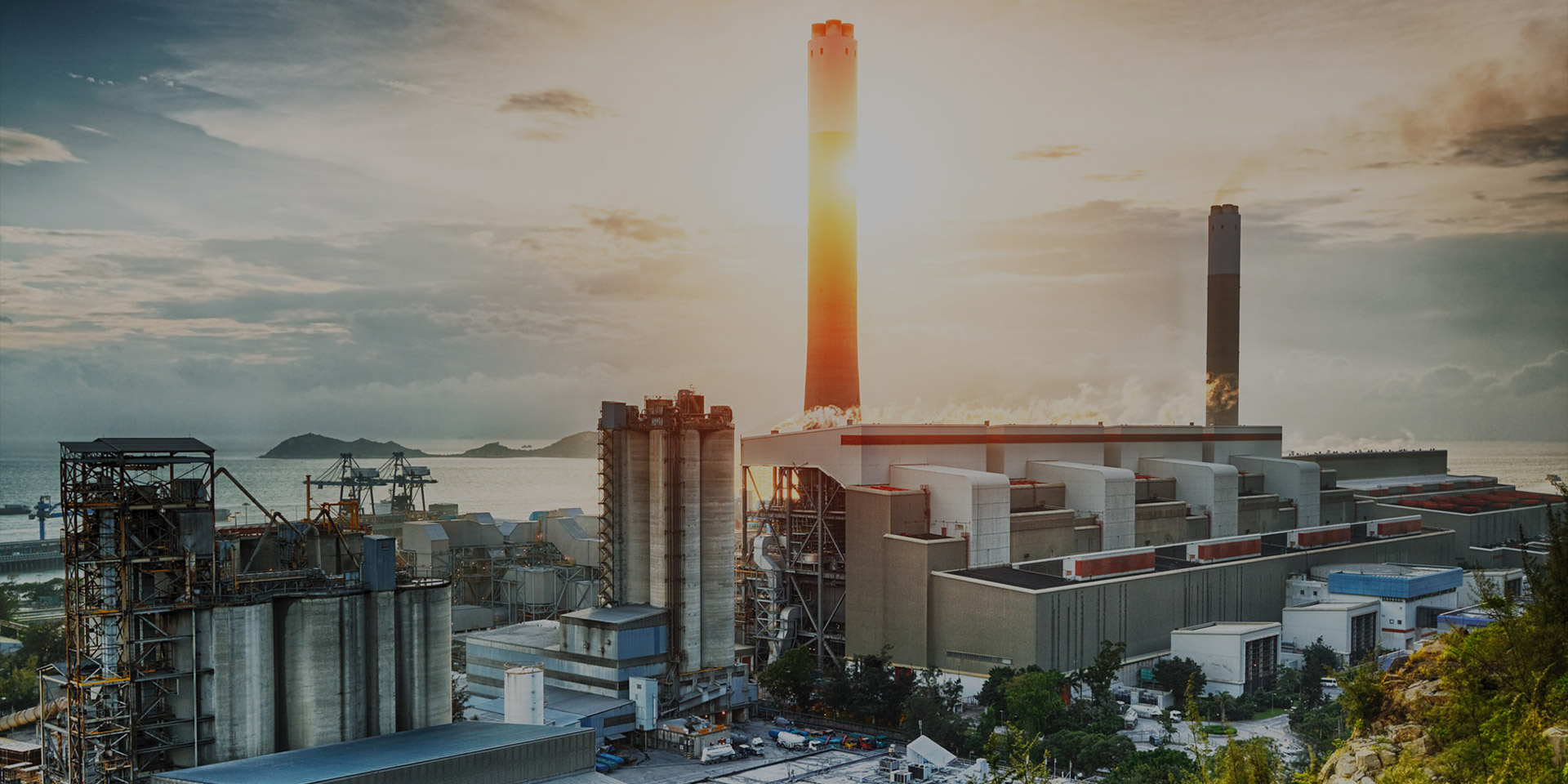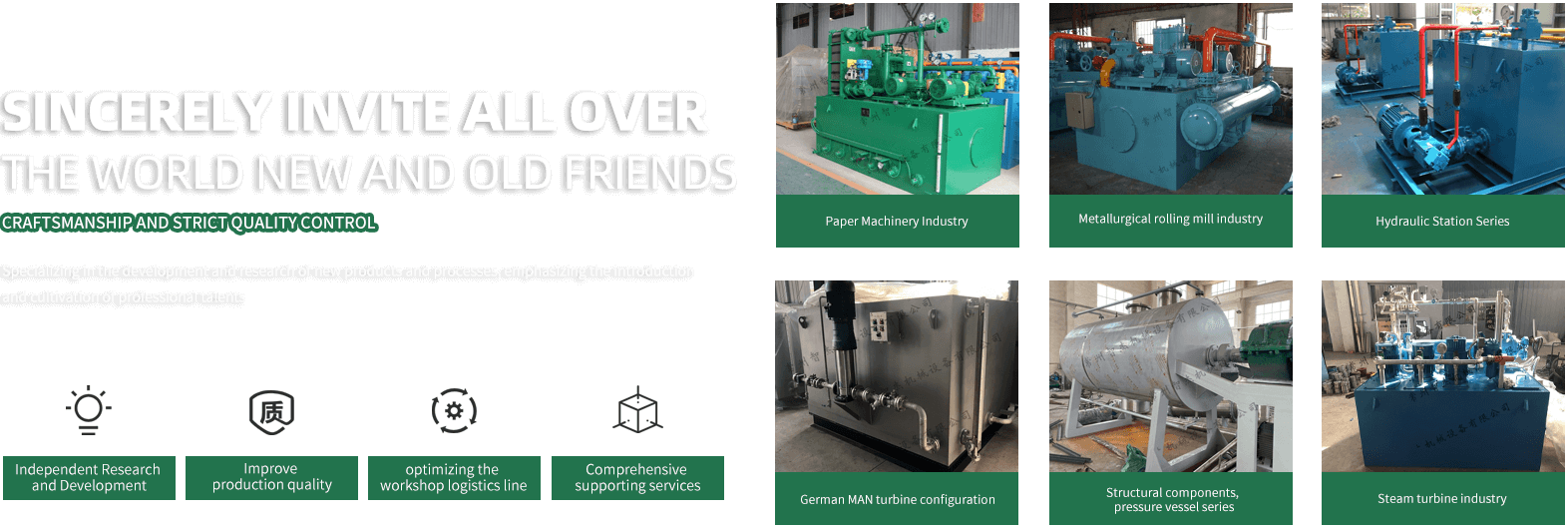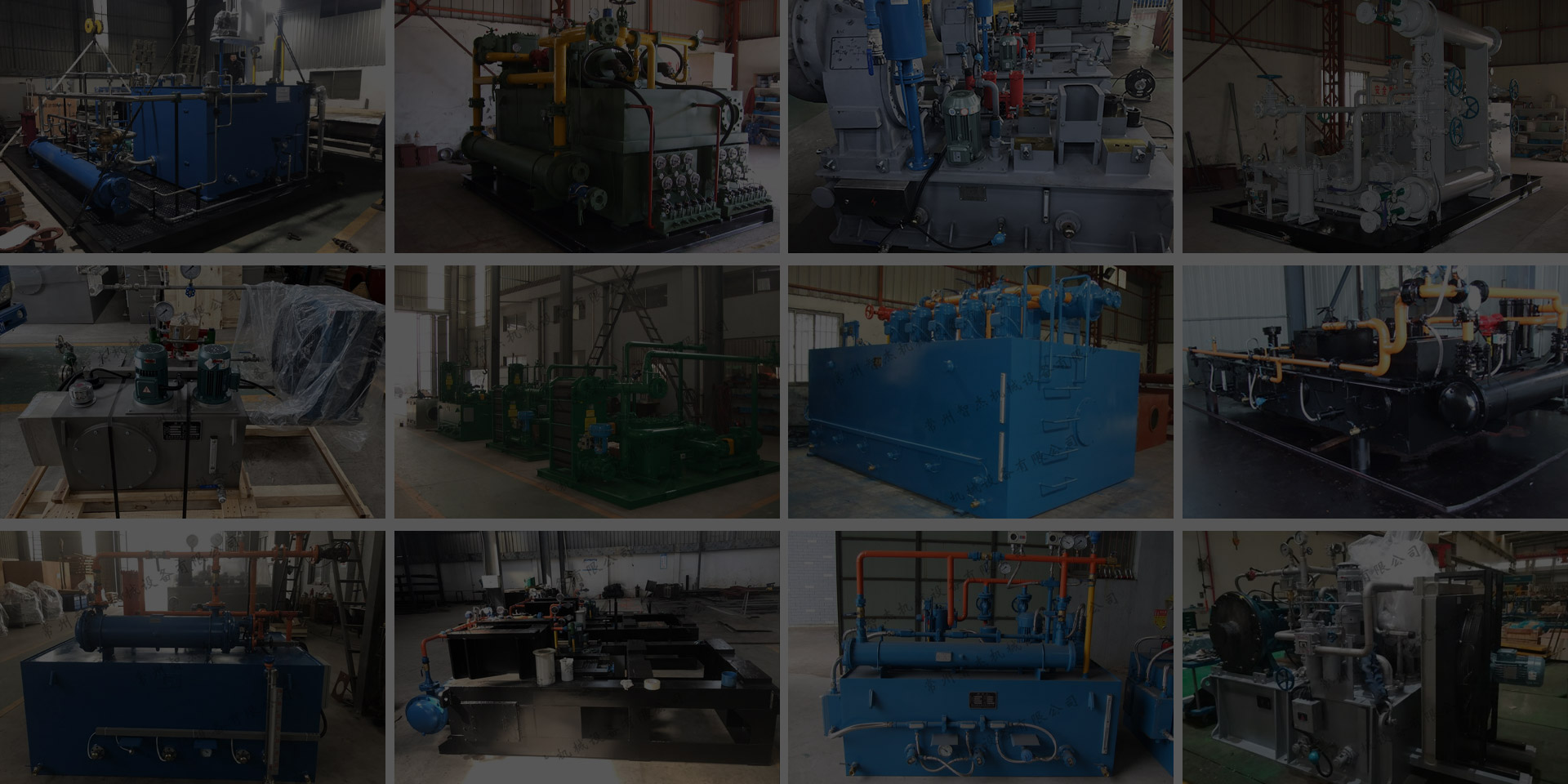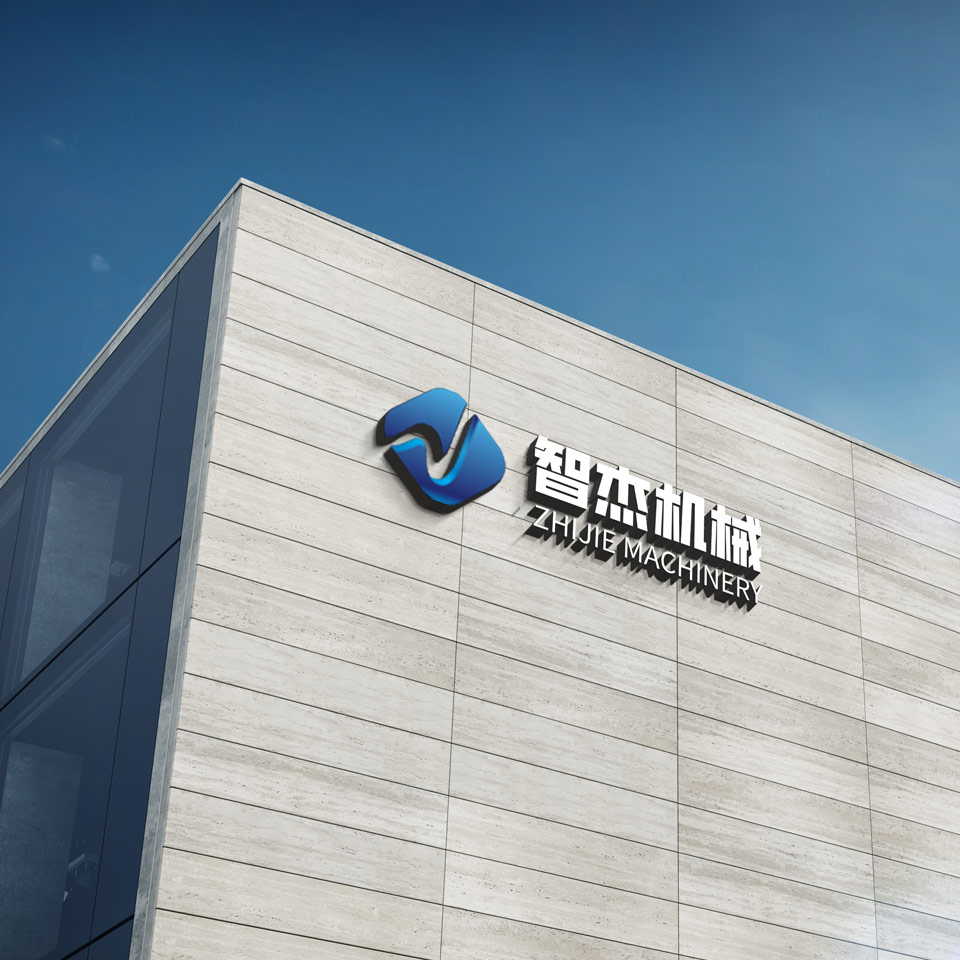2023-08-29
Mechanical equipment maintenance
1. Maintenance of equipmentBy wiping, cleaning, lubrication, adjustment and other general methods of equipment care to maintain and protect the performance and technical status of the equipment, called equipment maintenance. There are four main requirements for equipment maintenance:(1) Clean equipment inside and outside clean, the sliding surface, lead screw, rack, gear box, oil hole and other places without oil, no oil leakage, no air leakage, the equipment around the debris, debris, dirt to clean;(2) Neat tools, accessories, workpieces (products) should be placed neatly, pipelines, lines should be organized;(3) Good lubrication on time refueling or oil change, constant oil, no dry friction phenomenon, normal oil pressure, bright oil label, smooth oil circuit, oil quality meets the requirements, oil gun, oil cup, oil felt clean;(4) Safety comply with the safety operation procedures, do not overload the use of equipment, equipment safety protection devices are complete and reliable, timely elimination of unsafe factors.Equipment maintenance content generally includes daily maintenance, regular maintenance, regular inspection and accuracy inspection, equipment lubrication and cooling system maintenance is also an important content of equipment maintenance.The daily maintenance of equipment is the basic work of equipment maintenance, which must be institutionalized and standardized. For the regular maintenance of equipment, work quotas and material consumption quotas should be formulated, and the assessment should be carried out according to the quotas. The regular maintenance work of equipment should be included in the assessment content of the workshop contract responsibility system. Regular inspection of equipment is a planned preventive inspection, inspection means in addition to the human senses, but also a certain inspection tools and instruments, according to the regular inspection card, regular inspection is also called regular spot inspection. The accuracy of the mechanical equipment should also be checked to determine the actual accuracy of the equipment.Equipment maintenance should be carried out in accordance with the maintenance procedures. Device maintenance regulations are the requirements and regulations for routine maintenance of the device. Adhering to the maintenance regulations can extend the service life of the device and ensure a safe and comfortable working environment. Its main contents shall include:(1) The equipment shall achieve neat, clean, strong, lubricating, anti-corrosion, safety and other operation contents, operation methods, tools and materials used, standards and precautions;(2) Parts, methods and standards of daily inspection and maintenance and regular inspection;(3) Check and assess the content and methods of the operator to maintain the equipment.Two, three levels of equipment maintenance systemThe three-level maintenance system is a kind of maintenance and repair system that began in the mid-1960s in China, and gradually improved and developed on the basis of summarizing the former Soviet Union's planned pre-repair system in our country's practice, which reflects the shift of the center of gravity of China's equipment maintenance management from repair to maintenance, reflecting the progress of China's equipment maintenance management and the more clear policy of maintenance management based on prevention. The contents of the three-level maintenance system include: daily maintenance of equipment, first-level maintenance and second-level maintenance. The three-level maintenance system is a mandatory maintenance system based on the operator's maintenance and maintenance. The three-level maintenance system is an effective way to rely on the masses, give full play to the enthusiasm of the masses, implement group management group repair, special group combination, and do a good job in equipment maintenance.(1) Daily maintenance of equipmentThe daily maintenance of equipment generally has daily maintenance and weekly maintenance, also known as daily and weekly protection.1. Daily warrantyDaily routine protection is carried out by the equipment operator on duty, and the first four things in the class, five things in the class and four things after the class are carefully done.(1) The first four things of the class digestion pattern data, check the shift record. Wipe the equipment and lubricate it according to regulations. Check whether the position of the handle and the manual operation part are correct and flexible, and whether the safety device is reliable. Low speed operation check whether the transmission is normal, lubrication, cooling is smooth.(2) Class five pay attention to the operating sound, equipment temperature, pressure, liquid level, electrical, hydraulic, air pressure system, instrument signals, safety insurance is normal.(3) Four things to turn off the switch after work, and all the handles are placed in zero position. Remove iron filings and dirt, wipe the oil on the guide rail surface and sliding surface of the equipment, and add oil. Clean the working area, arrange accessories and tools. Fill in the shift record and the record when running the station, and handle the shift formalities.2. Weekly routine protectionWeekly protection is carried out by equipment operators every weekend, and the maintenance time is: general equipment 2h, fine, large and thin equipment 4h.(1) Clean the guide rail of the equipment, all transmission parts and exposed parts, and clean the work site. To achieve internal and external clean, no dead corners, no rust, the surrounding environment clean.(2) Control the transmission to check the technical status of each part, tighten the loose part, and adjust the clearance. Check interlocking and safety devices. To achieve normal transmission sound, safe and reliable.(3) hydraulic lubrication cleaning oil line, dust felt, oil filter, fuel tank or oil change. Check the hydraulic system to achieve clean oil, smooth oil circuit, no leakage, no scratch.(4) The electrical system wipes the surface of the motor and the snake tube, checks the insulation and grounding, and achieves integrity, cleanliness and reliability.(2) First level maintenanceLevel 1 maintenance is based on the operator, maintenance workers to assist, according to the plan of the local disassembly and inspection of the equipment, cleaning the specified parts, dredging the oil circuit, pipeline, replace or clean the oil line, felt, oil filter, adjust the gap between the various parts of the equipment, fastening the various parts of the equipment. The first level maintenance time is 4-8h, a record should be made after the completion of the warranty and indicate the defects that have not been cleared, and the workshop machinery staff organize acceptance. The scope of a guarantee should be all the equipment in use by the enterprise, and the key equipment should be strictly implemented. The main purpose of the first warranty is to reduce equipment wear, eliminate hidden dangers, extend the service life of the equipment, and provide guarantee for the completion of the production task during the next warranty period.(3) Two level maintenanceSecondary maintenance is based on maintenance workers, operator workers participate in to complete. Secondary maintenance is included in the maintenance plan of the equipment, partial inspection and repair of the equipment, replacement or repair of worn parts, cleaning, oil change, inspection and repair of electrical parts, so that the technical condition of the equipment fully meet the requirements of the stipulated equipment intact standards. The time used for secondary maintenance is about 7 days.After the completion of the second warranty, the maintenance workers should fill in the overhaul record in detail, and the workshop machinery and operator acceptance, acceptance documents submitted to the equipment power department for archived. The main purpose of the second warranty is to make the equipment meet the intact standard, improve and consolidate the equipment integrity rate, and extend the overhaul cycle.The implementation of the "three-level maintenance system" must make the operator do "three good", "four meeting", "four requirements" and comply with the "five disciplines". The three-level maintenance system highlights the status of maintenance in equipment management and planned overhaul work, makes the requirements of "three good" and "four meeting" more specific to the operator, and improves the knowledge and skills of the operator to maintain the equipment. The three-level maintenance system breaks through the relevant provisions of the former Soviet Union's planned pre-repair system, improves some shortcomings of the planned pre-repair system, and is more practical. In the implementation of the three-level maintenance system, we also learn and absorb some practices of the army's management of weapons, and emphasize group management and group repair. The three-level maintenance system has achieved good results and experience in Chinese enterprises. Due to the implementation of the three-level maintenance system, it effectively improves the integrity rate of enterprise equipment, reduces the accident rate of equipment, prolongs the period of major equipment repair, reduces the cost of major equipment repair, and achieves better technical and economic results.Three, fine, large, thin equipment use and maintenance requirements(1) Four sets of work(1) Designated users. According to the fixed person and the mechanism, the fine, large and thin equipment operators should choose those with a strong sense of responsibility, high technical level and rich practical experience in the type of work, and keep the relative stability for a long time as far as possible;(2) Fixed maintenance personnel. Enterprises with more fine, large and thin equipment can organize professional maintenance or repair teams for fine, large and thin equipment according to the conditions of the enterprise, and are specifically responsible for the inspection, accuracy adjustment, maintenance and repair of fine, large and thin equipment;(3) Determine the operating procedures. Fine, large, thin equipment should be divided into models one by one to prepare operating procedures, display and strictly implement;(4) order spare parts. According to the role of various fine, large and thin equipment in the production of enterprises and the source of spare parts, determine the reserve quota, and give priority to solve.(2) Precision equipment use and maintenance requirements(1) The equipment must be installed in strict accordance with the instructions;(2) Equipment with special requirements for the environment (constant temperature, constant humidity, shock, dust) enterprises should take appropriate measures to ensure the accuracy of equipment performance:(3) During the daily maintenance of the equipment, it is not allowed to disassemble the parts, stop the equipment immediately when it is found abnormal, and it is not allowed to run with illness;(4) Strictly implement the cutting specifications specified in the equipment manual, and only allow parts to be finished according to direct use. Machining allowance should be as small as possible. When processing castings, the blank surface should be sandblasted or painted in advance;(5) Non-working hours should be covered, long time stop, should be regularly wiped, lubricated, empty operation;(6) Accessories and special tools should have a special cabinet shelf shelf, keep clean, prevent research damage, may not be borrowed.Fourth, the use and maintenance requirements of power equipmentPower equipment is the key equipment of the enterprise, in the operation of high temperature, high pressure, flammable, toxic and other risk factors, is to ensure safe production of the key parts, in order to achieve a safe continuous and stable supply of the kinetic energy required for production, the use and maintenance of power equipment should have special requirements:(1) Operation personnel must be trained in advance and pass the examination;(2) There must be complete technical data, safe operation technical procedures and operation records;(3) The operator shall carry out inspection at any time during the duty, and shall not leave the work at will;(4) When there is an abnormal situation in the operation process, the personnel on duty shall deal with it urgently according to the operating procedures and report to the superior in time;(5) Ensure that various indicating instruments and safety devices are sensitive and accurate, and check regularly. The standby equipment is complete and reliable;(6) The power equipment shall not operate with disease, and the failure of any place must be eliminated in time;(7) Regular preventive tests and seasonal inspections;(8) Regularly carry out safety education for the personnel on duty and strictly implement the security system.5. Regional maintenance of equipmentRegional maintenance of equipment is also called maintenance package mechanism. Maintenance workers undertake equipment maintenance work in a certain production area, and work with production and operation workers to do daily maintenance, tour inspection, regular maintenance, planned repair and troubleshooting, etc., and be responsible for completing the assessment indicators such as equipment integrity rate and failure shutdown rate in the management area. Regional maintenance responsibility system is a good form to strengthen equipment maintenance for production services, mobilize the enthusiasm of maintenance workers and make production workers take the initiative to care about equipment maintenance and repair work.The main organization form of professional equipment maintenance is regional maintenance group. The Regional maintenance team is fully responsible for equipment maintenance and emergency repair work in the production area, and its tasks are:(1) Responsible for the maintenance and repair of the equipment in the area, to ensure the completion of the equipment integrity rate, failure and shutdown rate and other indicators;(2) Conscientiously implement the equipment regular spot inspection and regional inspection system, guide and urge the operator to do daily maintenance and regular maintenance work;(3) Participate in the equipment condition survey, accuracy check, adjustment, leakage treatment, fault analysis and condition monitoring under the guidance of the workshop mechanic.The advantages of this form of equipment maintenance organization are that there is a high degree of mobility when completing emergency repairs, so that the equipment repair downtime is minimal, and the fitter on duty can complete various preventive operations and participate in planned repairs when no one is called.The division of equipment maintenance areas should consider the distribution of production equipment, equipment status, technical complexity, production needs and the technical level of repair fitters. Workshop equipment can be divided into several areas according to the above factors, and regional maintenance groups can also be divided according to the type of equipment. The equipment of the production line should be divided into maintenance areas according to the line.The regional maintenance team should prepare regular inspection and accuracy inspection plans, and specify the routine inspection time of the equipment for each shift. In order not to affect production, the planned inspection of equipment should be arranged on non-working days of the factory, and the routine inspection of each shift should be arranged during the lunch break of production workers.Measures to improve the level of equipment maintenanceIn order to improve the level of equipment maintenance, the maintenance work should be basically three, that is, standardization, technology and institutionalization.Standardization is to unify the maintenance content, which parts to clean, which parts to adjust, which devices to check, according to the situation of each enterprise according to objective laws to be considered and stipulated.Technology is to formulate various maintenance process regulations according to different equipment, and maintain according to regulations.Institutionalization is to stipulate different maintenance cycles and maintenance times according to different working conditions of different equipment, and strictly implement them.For regular maintenance work, work hour quota and material consumption quota should be established and assessed according to the quota.The maintenance of equipment should be evaluated according to the contract responsibility system of production economy. At the same time, the enterprise should also mobilize the masses to carry out the equipment maintenance work of the combination of groups, carry out self-inspection, mutual inspection, and carry out the equipment inspection
View more
